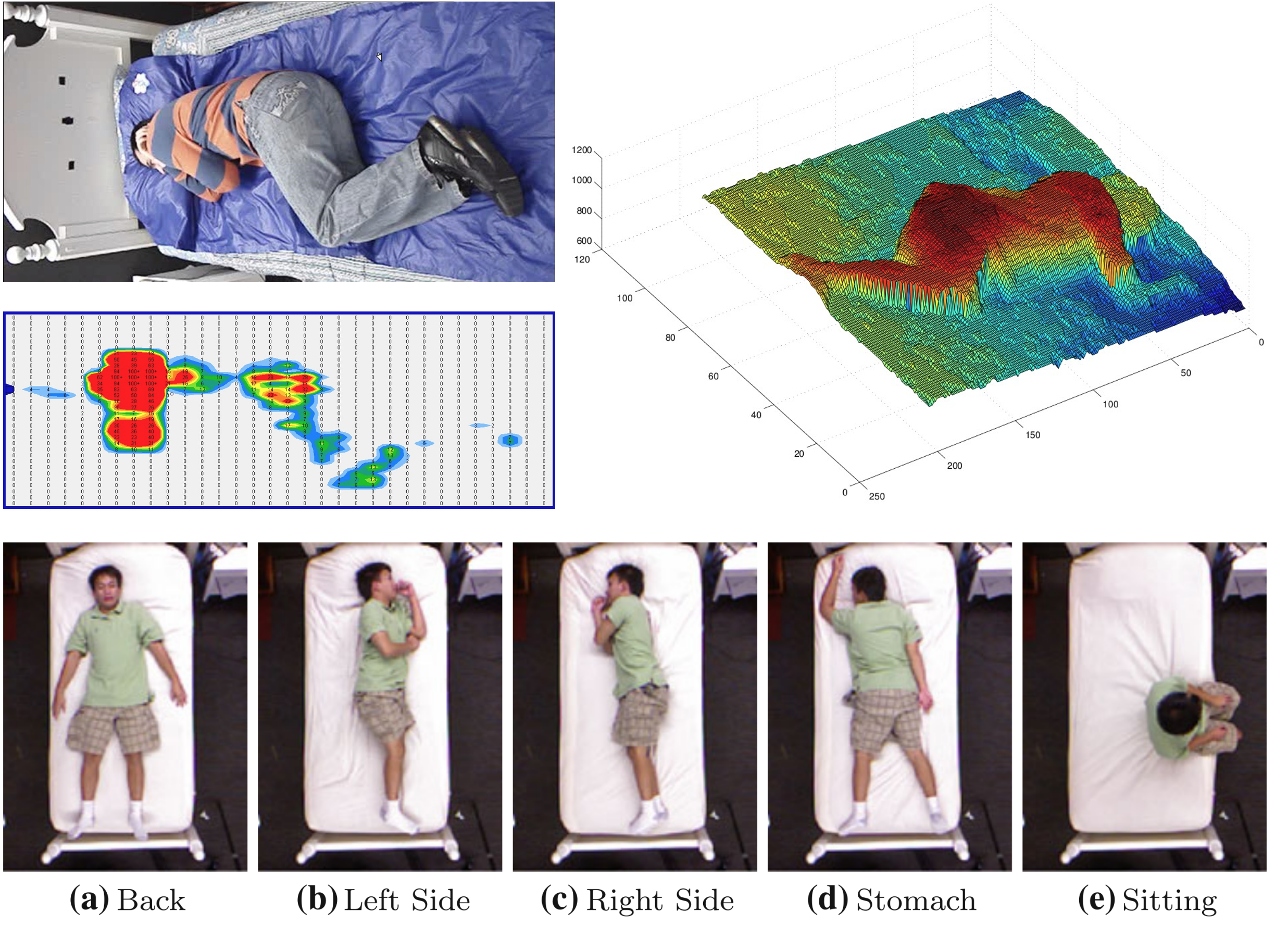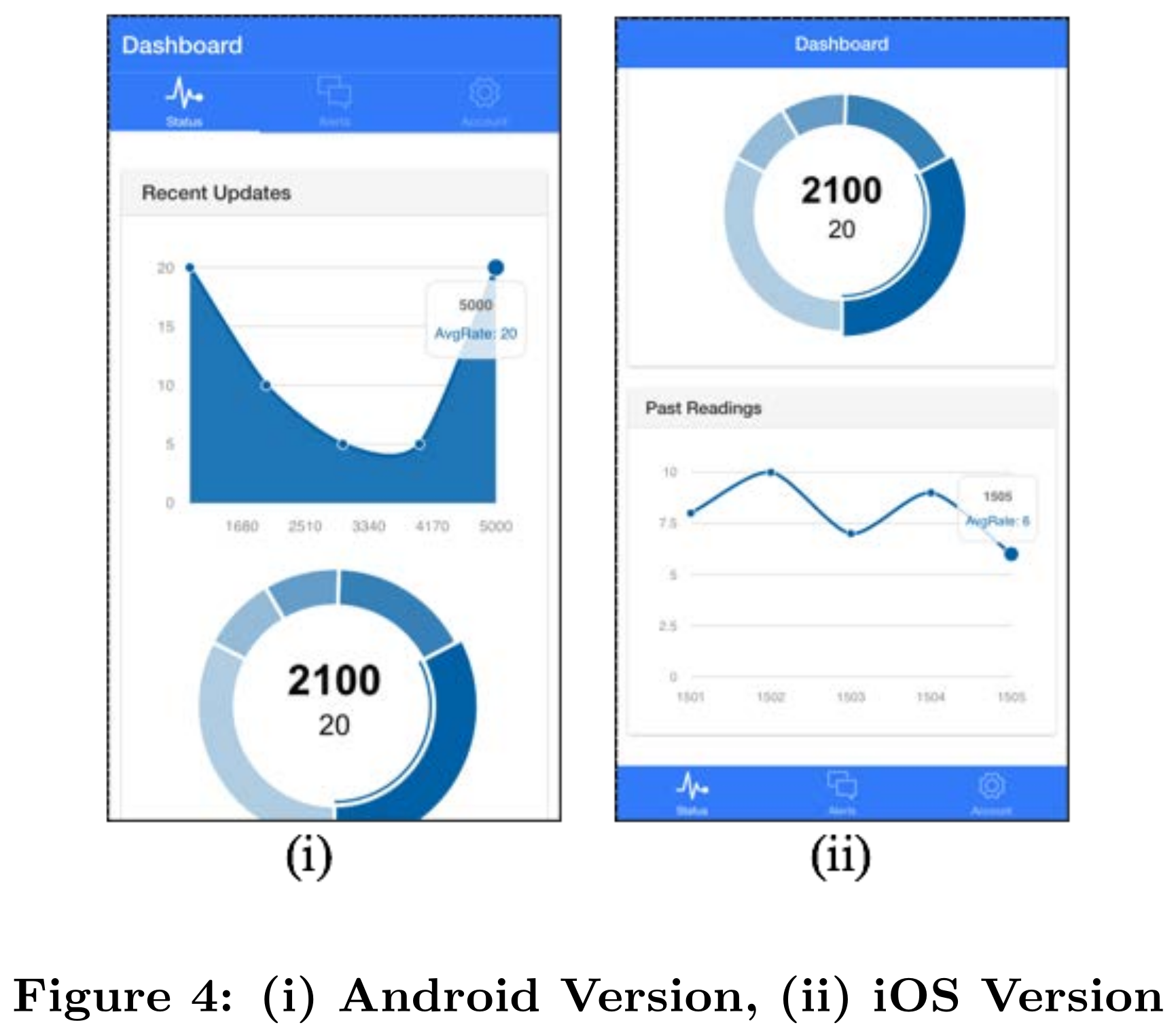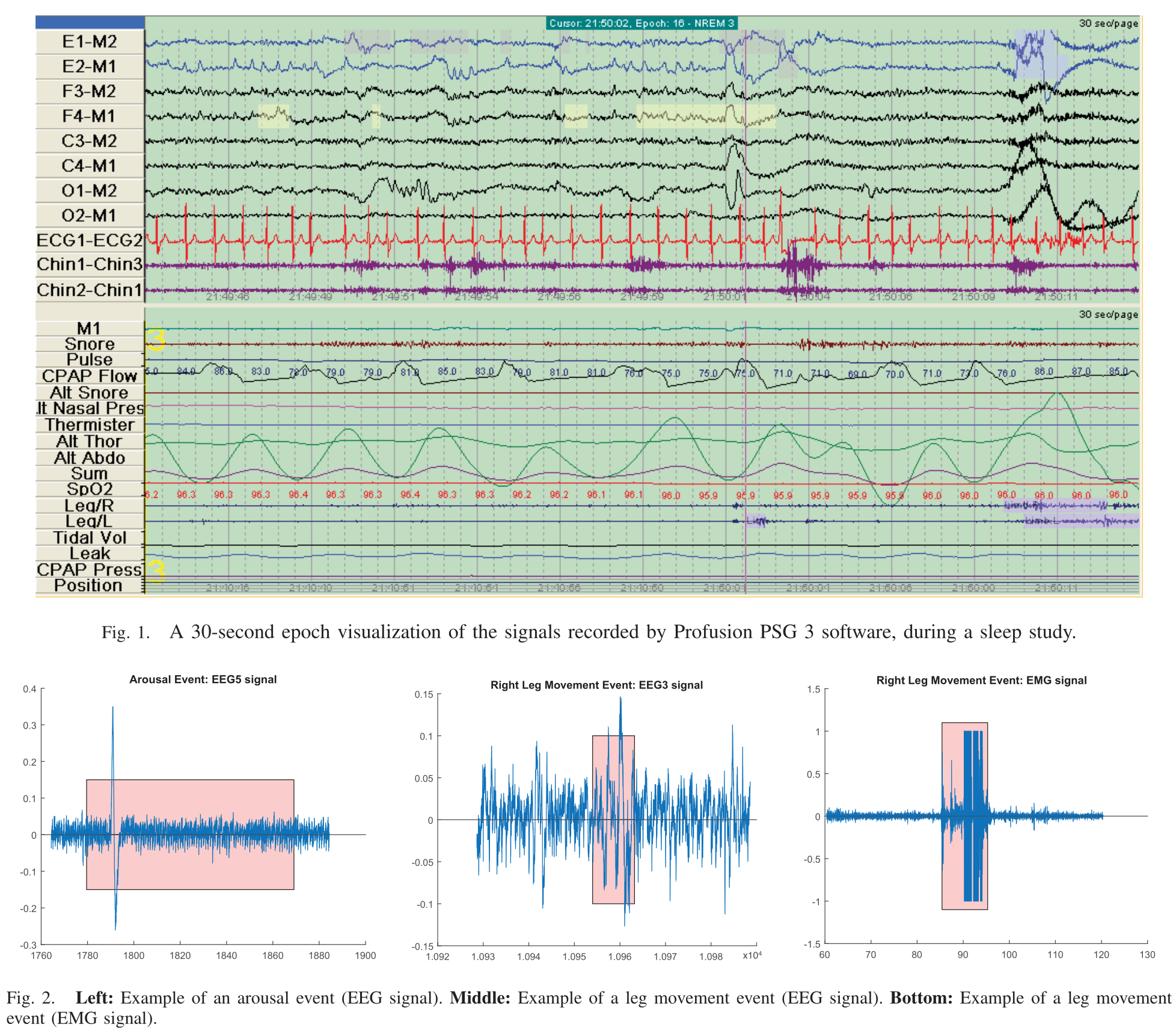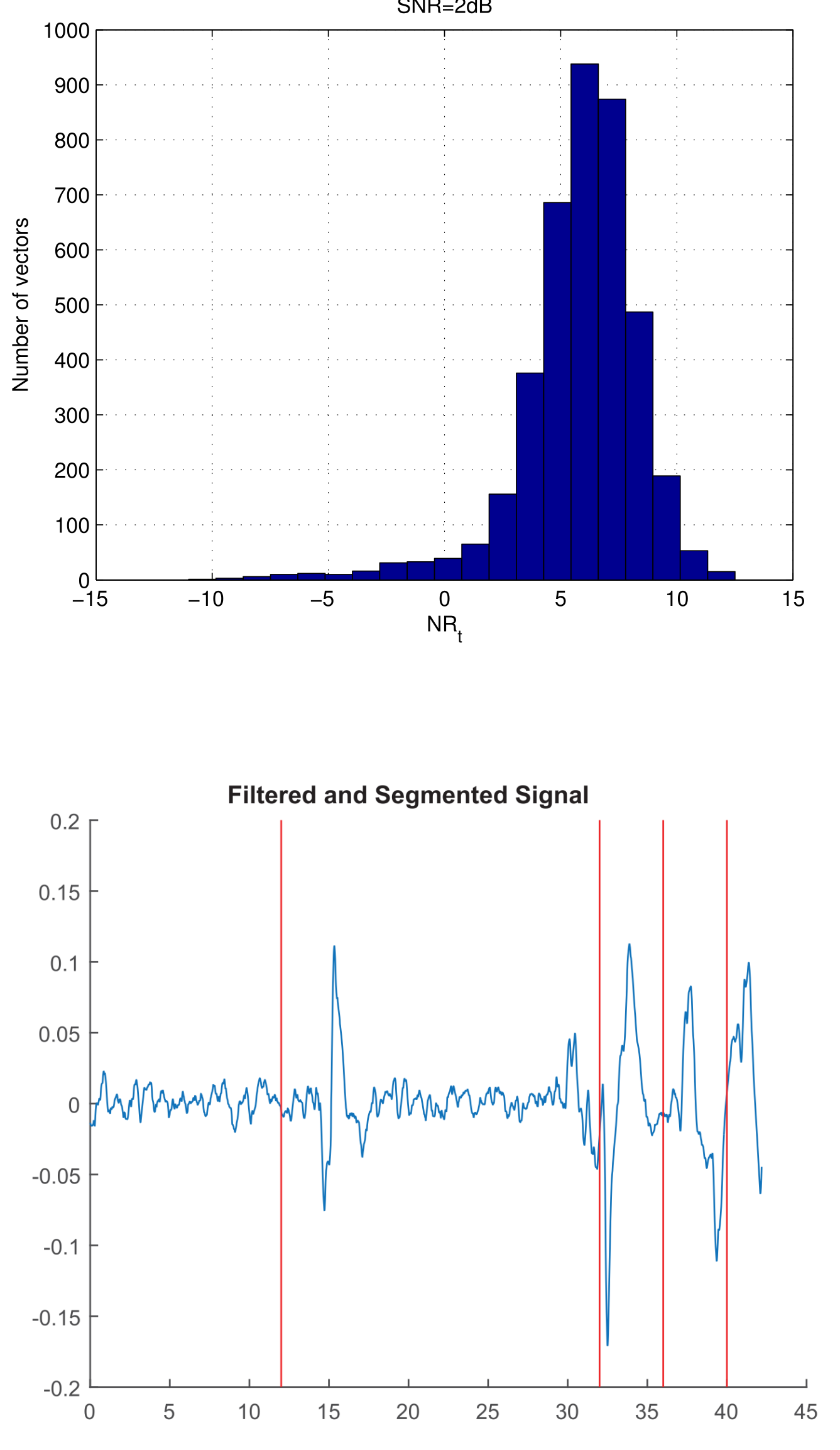Non-Invasive and Automated Sleep Monitoring
Developing multi-modal, non-invasive systems for sleep pattern analysis and creating novel methods for automated, real-time analysis of clinical sleep data.
Sleep is a critical component of health, yet millions of people suffer from undiagnosed sleep disorders. The clinical gold standard for diagnosis, Polysomnography (PSG), is highly effective but also expensive, inconvenient, and intrusive, as it requires the patient to sleep in a lab covered in wired sensors. This creates a major barrier to diagnosis and long-term monitoring.
This project tackles the challenge of sleep monitoring from two angles. First, we develop and evaluate novel, non-invasive systems that use ambient and contact-based sensors to monitor sleep patterns and breathing in a home environment. Second, we develop new machine learning and signal processing techniques to improve the analysis of the gold-standard PSG data itself, making it more robust and enabling automated detection of clinically relevant events.
A Non-Invasive Multimodal Monitoring System
Our primary goal was to create a system that can accurately recognize sleep patterns without disrupting the user’s natural sleep. Our research began with a system using a single bed pressure mat to recognize basic postures and motions (Metsis et al., 2011). To capture more complex behaviors, we evolved this into a multimodal system that fuses data from the pressure mat with a non-contact 3D depth sensor (Microsoft Kinect) (Metsis et al., 2014).
The pressure mat provides reliable information about the user’s body parts in contact with the bed, while the depth sensor captures the 3D position of the rest of the body, even through blankets. By combining these complementary data sources, our system achieves high accuracy in recognizing a variety of sleep postures (back, stomach, side) and motion events.


We further extended this system to monitor breathing activity by incorporating a standard webcam to track the motion of the subject’s chest (Papakostas et al., 2015). This addition allows for the detection of breathing patterns and potential respiratory problems, all within the same non-invasive framework.
Automated Analysis of Clinical Sleep Data
In parallel with developing new hardware systems, we also created novel methods to improve the analysis of data from traditional PSG studies. PSG data, while comprehensive, is often corrupted by noise and artifacts from motion or imperfect sensor contact.
We developed a real-time subspace denoising method that exploits the low-dimensionality of the multi-channel PSG signals (Metsis et al., 2015). By tracking the signal’s subspace and projecting the data onto it, our method can significantly reduce noise in real-time, improving the quality of the data for both human review and automated analysis.
Building on this, we created a system for the automated detection of sleep disorder-related events directly from PSG data (Espiritu & Metsis, 2015). Using a combination of adaptive signal segmentation and supervised learning, our method can accurately identify clinically significant events like arousals and leg movements from EEG signals, paving the way for more efficient and scalable analysis of sleep studies.


Right-Top: A histogram showing the significant noise reduction (positive values) achieved by our subspace denoising algorithm on PSG data. Right-Bottom: Filtered and segmented EEG signal.